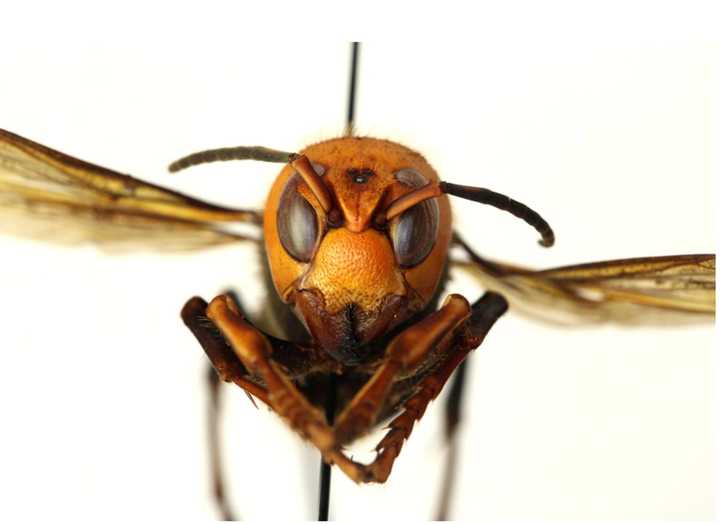Greenburgh Supervisor Paul Feiner said on Wednesday morning, May 6 that the town is "stockpiling epinephrine and other medications" after the Asian giant hornet was spotted in the United States for the first time, prompting fears the insects could make their way to New York.
According to Feiner, “instead of waiting, the Town of Greenburgh EMS is preparing.”
"Beyond its size, the hornet has a distinctive look, with a cartoonishly fierce face featuring teardrop eyes like Spider-Man, orange and black stripes that extend down its body like a tiger, and broad, wispy wings like a small dragonfly,” he said. “Most serious incidents occur when people come near or disturb the insects’ hives.”
The giant hornet, Vespa mandarinia, has been known to kill dozens of people each year and could potentially devastate the country’s bee populations, which has already been on the decline.
Research shows that even in people who aren’t allergic, 50 or fewer stings can cause death due to kidney damage.
Feiner cited a researcher at Kyoto Sanyo University in Japan who said: “the species had earned the ‘murder hornet’ nickname there because its aggressive group attacks can expose victims to doses of toxic venom equivalent to that of a venomous snake; a series of stings can be fatal.”
“In the event, they arrive in Greenburgh, we have increased our stock of epinephrine and other medications to open up the breathing passages related to the treatment of anaphylaxis,” Feiner added. “In addition, it can require intravenous fluids.
"In very severe reactions, hospitalization can take place so that the venom is removed from the bloodstream.”
According to health officials, “Asian giant hornet attacks and destroys honeybee hives. A few hornets can destroy a hive in a matter of hours. The hornets enter a ‘slaughter phase’ where they kill bees by decapitating them.
"They then defend the hive as their own, taking the brood to feed their own young. They also attack other insects but are not known to destroy entire populations of those insects.
“While they do not generally attack people or pets, they can attack when threatened. Their stinger is longer than that of a honeybee and their venom is more toxic. They can also sting repeatedly. If it becomes established, this hornet will have negative impacts on the environment, economy, and public health.”
Click here to follow Daily Voice Ossining and receive free news updates.

